Reusable Paper Towel Alternatives | Swedish Dishcloths vs. Reusable Cloth Rags
There’s a lot to think about when it comes to selecting sustainable swaps for everyday items. If you’re looking for a sustainable paper towel replacement, my favorite options are reusable cloth towels and Swedish dishcloths. But which one is better? Read on for more information on these great reusable paper towel alternatives.
This post contains affiliate links.
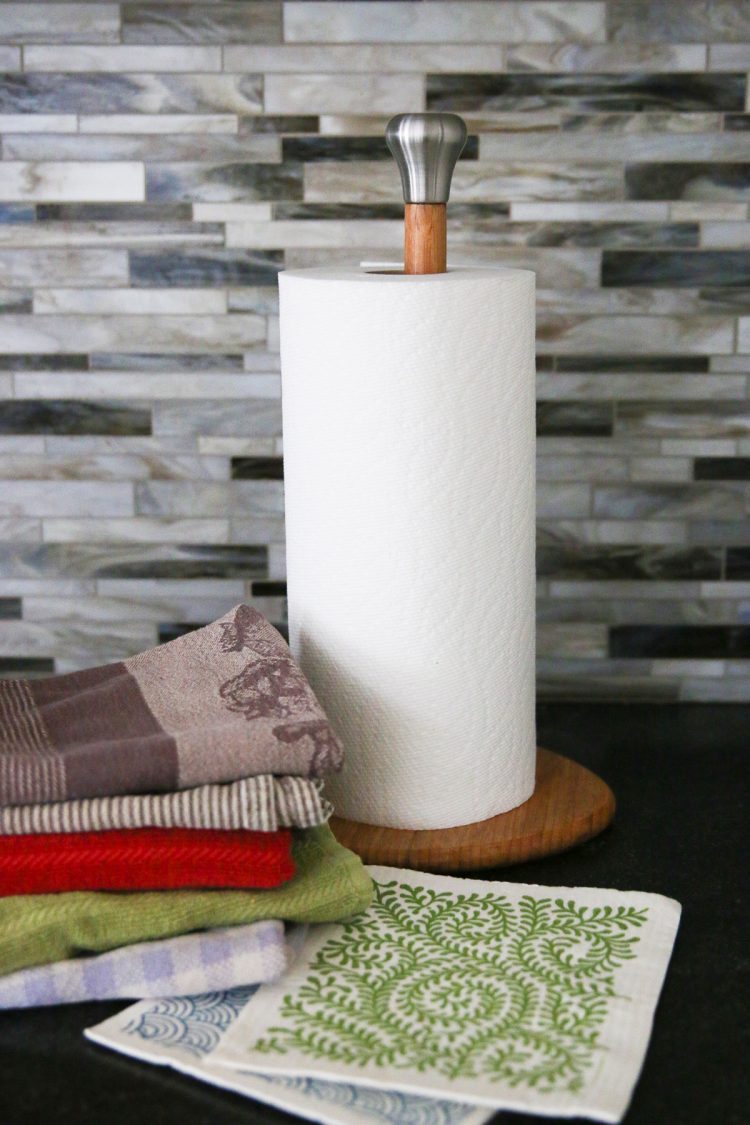
Cutting back on single-use paper products, especially paper towels, is not a new push within the sustainability movement. Many conventional paper towels on the market use virgin fibers contributing to greenhouse gas production and deforestation. It’s time to find a better option.
Luckily, there are plenty of eco-friendly paper towel options on the market.
My two favorite eco-friendly paper towel swaps are cloth “paper” towels and Swedish dishcloths. But which one is better? As with most things, your preference between these two options depends on your paper towel priorities. Let’s dive in to determine which eco-friendly paper towel alternative better suits your needs.
The O.G. Single-Use Paper Towels
Conventional paper towels are extremely versatile. They clean up spills, scrub surfaces, and soak up grease with ease. They even keep moisture in your food when you’re microwaving leftovers.
Notably, conventional paper towels are also fully disposable. Although they’re compostable if used to wipe exclusively organic materials, they are difficult (if not impossible) to reuse.
Even though we can compost most used paper towels, nearly all paper towels go directly into landfills, especially when used to clean up less “appetizing” messes such as animal waste, paint, or harsh cleaning products that aren’t fit for the compost bin.
Although the idea behind paper towels reportedly surfaced around 1897, everyday households in America didn’t meet the paper towel until 1907 – just over 100 years ago. Pre-paper towels, homemakers everywhere learned to fend for themselves without the convenience of an easily disposable surface cleaning catch-all. If you’re thinking, “why not just use a rag as they did?”, you’re onto something!
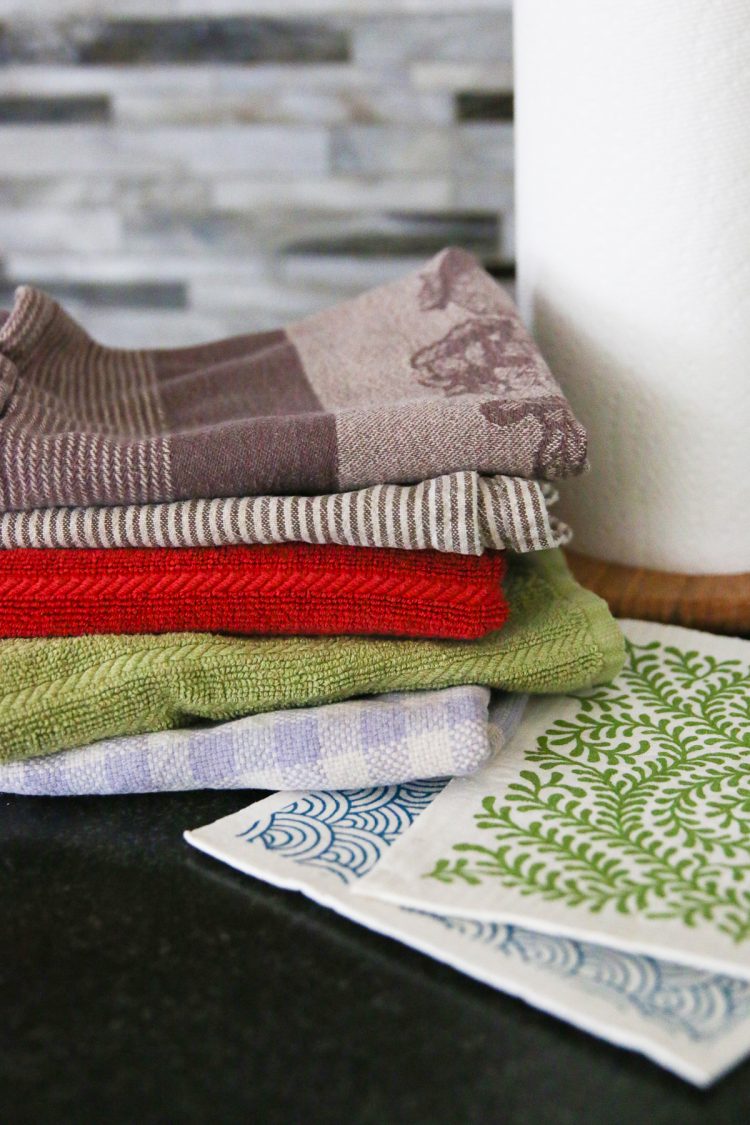
Reusable “paper” towels a.k.a. cloth rags
On a surface level, the quest to green-ify the conventional paper towel and generate a reusable option has a simple solution. Rely on a set of rags for your kitchen cleaning needs instead.
Rags can be produced from a variety of sustainable materials, both new and re-purposed. You can store them inside a cabinet or on a countertop in a basket or bin, much like our beloved paper towels.
Provided you use an absorbent material, rags are great for wiping up messes and scrubbing surfaces. Rags can be easily cleaned in a washing machine with some laundry detergent, and you can even add a bit of vinegar to keep them extra fresh.
After ticking through this list, it is obvious that some of our favorite features from the conventional paper towel — including the ability to compost it if you’re cleaning unsavory organics — aren’t applicable when it comes to rags.
Enter: Swedish dishcloths.
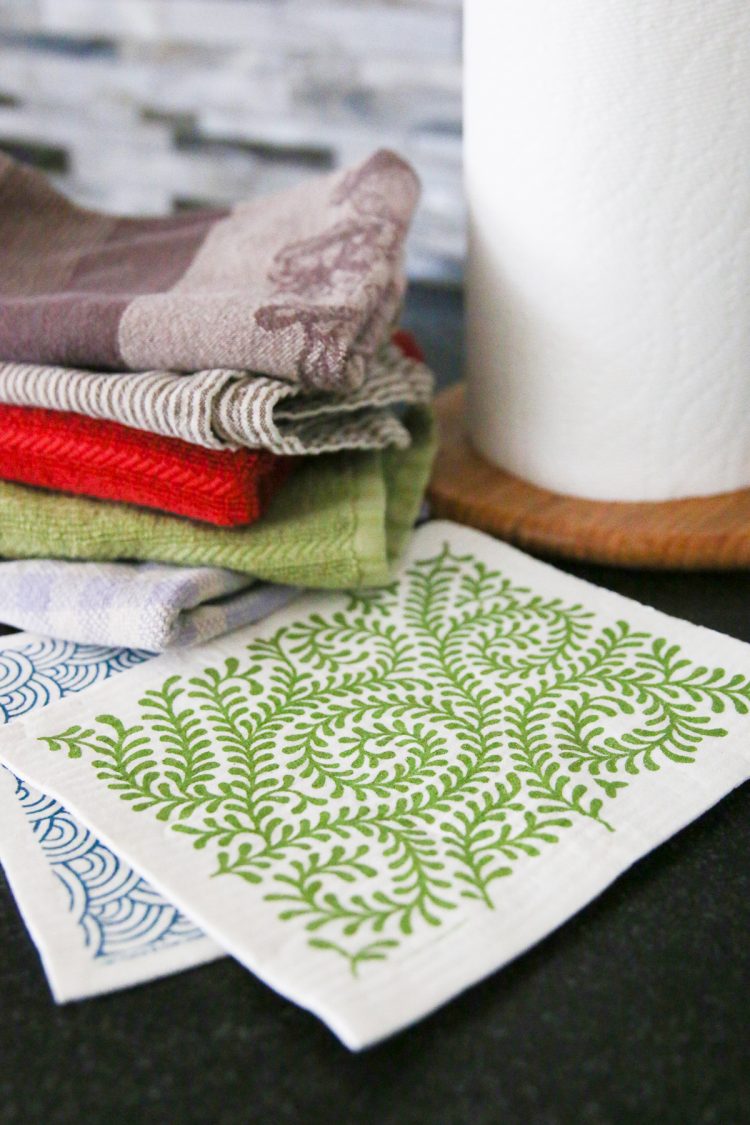
What is a Swedish dishcloth?
The hot item in eco-friendly gift packages everywhere lately, Swedish dishcloths recently emerged as a popular replacement for paper towels that are absorbent, reusable (each one replaces approximately 17 rolls of conventional paper towels), and compostable at the end of their lifetime.
Swedish dishcloths, also known as sponge cloths, were invented in the late 1940s in Sweden. The hyper absorbent material is a cotton and cellulose blend, and can absorb around twenty times its weight in liquid!
These dishcloths can be washed in the top rack of the dishwasher or the washing machine and can be used for up to 9 months depending on care.
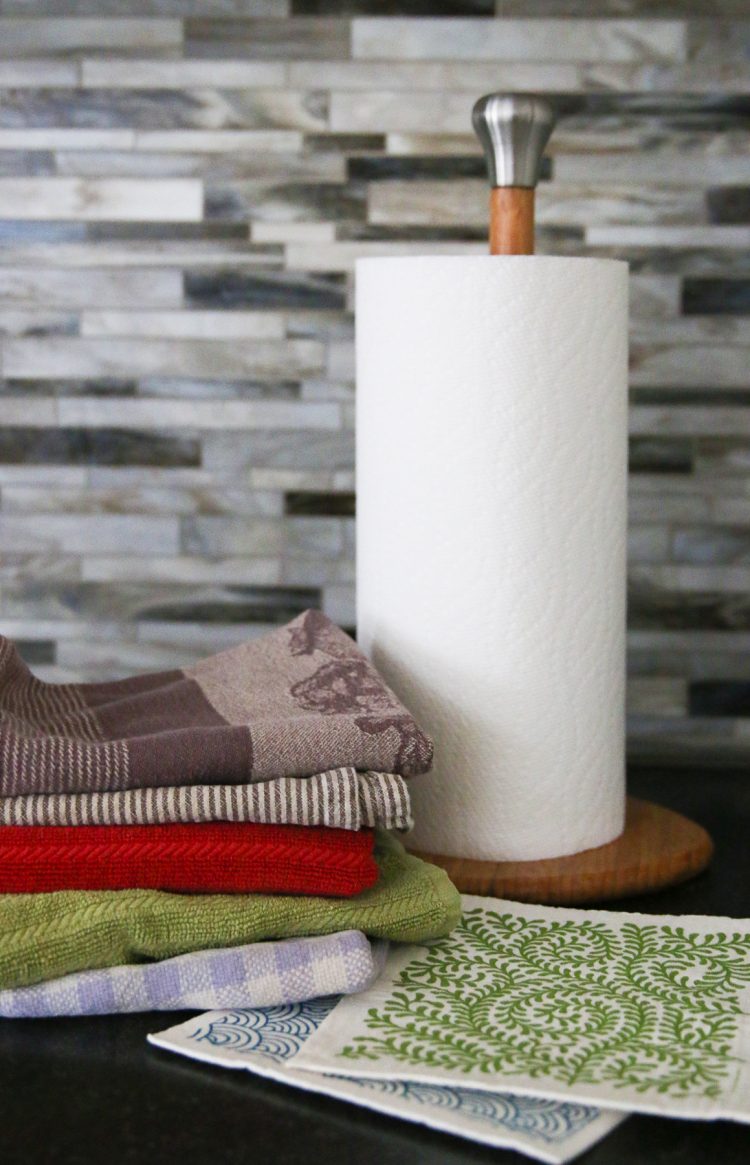
Swedish Dishcloths vs. Cloth Dish Towels
For over three years, I exclusively used cloth rags that I trimmed and stitched into paper towel sizes for all of my kitchen cleaning needs. Intrigued by the dirty dish towel talk around Swedish dishcloths, I recently purchased a few of them to test out the hype. I have been using a combination of cloth rags and Swedish dishcloths for the past few months.
Functionality
On a day-to-day basis, I use Swedish dishcloths over cloth rags for wiping down messier liquid spills due to their higher absorption capabilities. Even when damp, Swedish dishcloths can soak up sizable spills and can keep going once they’re squeezed out over the sink.
Swedish dishcloths are also my go-to for oily surfaces because oils are more difficult to wash out. When the saturation becomes impossible to remove and they reach the end of their lives, Swedish dishcloths can retire to the compost bin.
When it comes to wiping my hands after doing the dishes or wiping down counters with soap, however, I rely on cloth rags over the Swedish dishcloths because I can use a clean one for each use. I also reach for cloth towels when drying dishes or aiding with food prep tasks such as pressing tofu or covering a bowl in the microwave.
Prior to using Swedish dishcloths, I was able to use cloth rags for spills and oily messes, but I had a more difficult time cleaning them. Although the Swedish dishcloths can perform these tasks slightly better, they don’t provide the clean slate that comes with the ability to reach for a clean cloth rag.
Functionality Winner: Cloth dishtowels
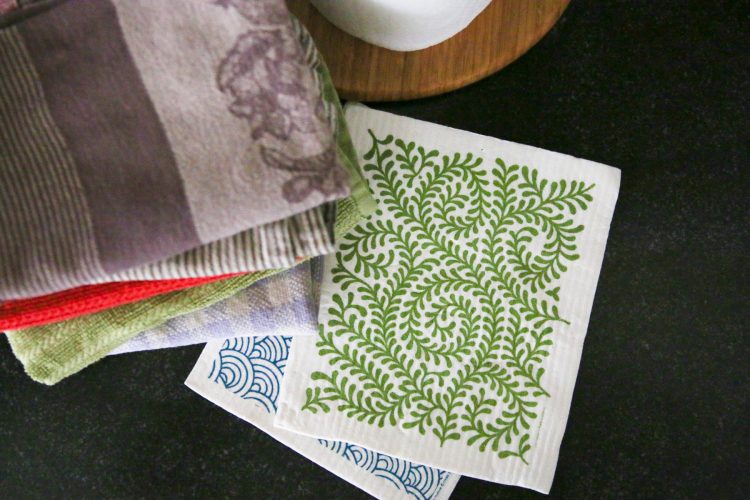
Storage & Cleaning Comparison
As far as storage goes, cloth towels typically require more counter or cabinet space than Swedish dishcloths. While I can hang the Swedish dishcloths from a hook above my sink and get by alternating just one or two of them, I grab a clean rag for each use.
I store clean cloth towels folded and in a basket on top of my microwave. You could also store them in a drawer or cabinet, depending on your kitchen space. I keep a metal colander next to the sink for dirty ones. You might also consider tossing them into a bucket or container in your laundry room if that’s easily accessible from your kitchen. Just be sure the container is made of a material that is unlikely to breed mold.
I implemented the colander method after transitioning away from storing dirty towels in a basket when I noticed mold appearing on the towels at the bottom of the basket due to moisture trapped in the wicker. This issue could likely be mitigated by running more frequent washer loads, but by using the metal colander I can space out my washing to save water, time, and energy with fewer washer loads per week.
Provided they are stored correctly, Swedish dishcloths do not run the same risk of molding. They dry quickly, which eliminates the damp environment in which mold and mildew thrive and allows you to use the same one multiple times in between washes.
After each use, simply run Swedish dishcloths under the kitchen sink tap water with dish soap to clean them. Periodically, or when they get especially dirty, drop them in the dishwasher as part of a regular cleaning cycle for a full deep clean.
Storage & Cleaning Winner: Swedish Dishcloths
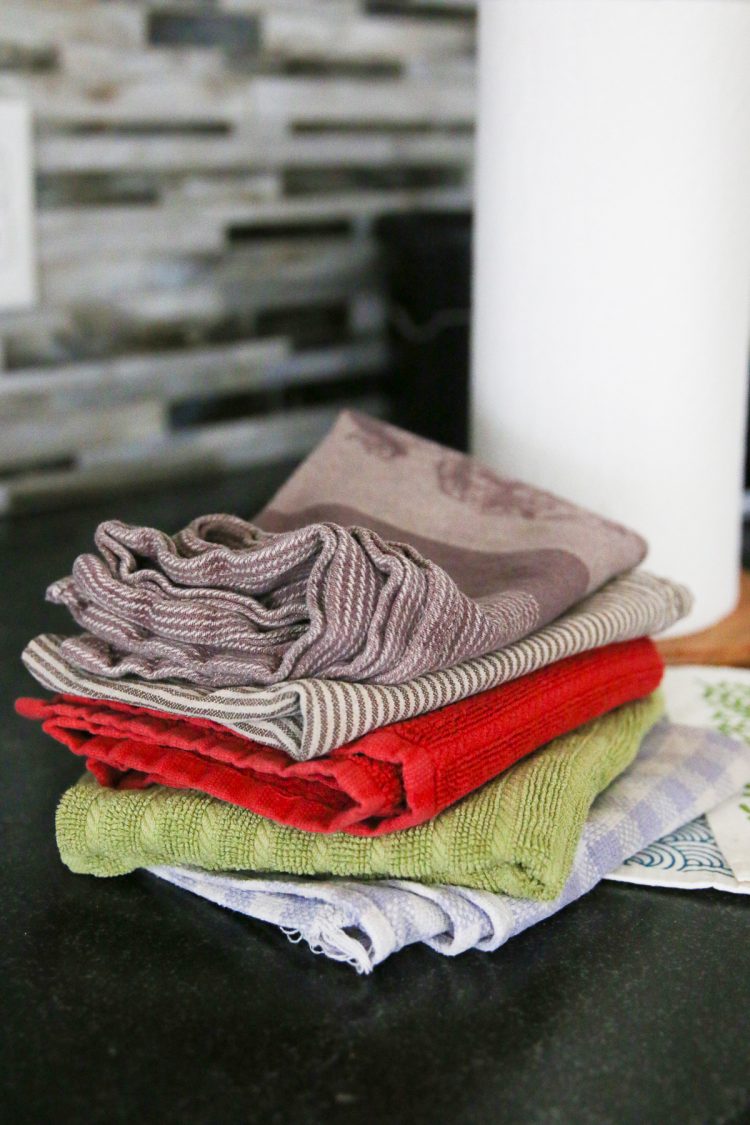
Aesthetics and Price Comparison
If you are in the market to replace single-use paper towels in your home, cloth rags can be free, pricey, or somewhere in between. Swedish dishcloths aren’t cheap, but they won’t break the bank when considering their price per use. Both come in a wide variety of aesthetic options.
Free DIY Cloth Rags
Let’s start with the free cloth rag option. By cutting up existing towels, or other absorbent materials that are past their prime, you can make as many cloth rags as you wish. This is a win-win since you save money and it allows for upcycling fabric that may have otherwise landed in the landfill.
To make your DIY cloth rags, select your preferred material. You might use old t-shirts, sheets, or towels. If you don’t have these at home, check your local thrift store for absorbent textile options. Next, cut the material into your desired “paper towel” size. Then, decide if you prefer to add any stitching to reduce fraying and keep your new cloth rags looking pristine.
As a note, I recommend sticking to darker-colored materials if you have the option to be picky. The first set of cloth towels I used as paper towel substitutes were green, and they have proven to hold up much better than a pure white set I began using years later.
If the DIY option isn’t up your alley, there are plenty of reusable “paper” towels available online. You can even choose from tons of different designs! This is, however, where the cloth rag path becomes less sustainable than Swedish dishcloths.
Purchasing Swedish dishcloths or new cloth rags
When you’re purchasing something new, like you must when you’re in the market for either a pre-manufactured cloth rag set or new Swedish dishcloths, resources are required to produce the item and to dispose of it at the end of its life.
New cloth dish rags are typically manufactured from cotton, polyester, or a mix of both. Traditional cotton production requires extensive irrigation and often many harsh pesticides. Polyester is a plastic material derived from petroleum. Using virgin cotton and polyester is not ideal if we have other alternatives like repurposed textiles available.
Prices range greatly for new dishcloths depending on the quality and vendor. You can find new dishcloths at discounted big box stores for less than $1 each. Fancier dishcloths from boutique vendors that use certified sustainable materials and higher-end sewing and production methods can cost $15 a pair.
Swedish dishcloths are traditionally made from either naturally biodegradable cellulose or a combination of wood pulp and renewable cotton. These resources can be sustainably sourced, but it is worth looking into the practices of the brand you’re thinking of purchasing from to make sure.
Much like reusable “paper” towel sets you might find online, Swedish dishcloths can come in a variety of patterns and colors to fit your ideal kitchen aesthetic. They’re also affordable – around $5 each – which is fairly reasonable since they are usable for over half a year.
Aesthetics and Price Winner: It’s a wash (get it?). Cloth rags upcycled from repurposed textiles are a clear win. But, if you’re looking to purchase something new, Swedish dishcloths are probably a better option.
Disposal & End of Life
While Swedish dishcloths and pre-made cloth dishcloths use new resources in their creation, you can compost Swedish dishcloths when they are no longer usable. Simply toss them in your home compost bin or send them off to an industrial compost facility to be returned to the soil.
Unless cloth dishtowels are made of only natural fibers, like cotton, and include no synthetic material, they cannot be composted. They will ultimately end up in the landfill (or a very imperfect textile recycling system for consumers willing and able to drop them in textile recycling collection boxes or donation drops).
Disposal Winner: Swedish dishcloths take the easy win on this one.
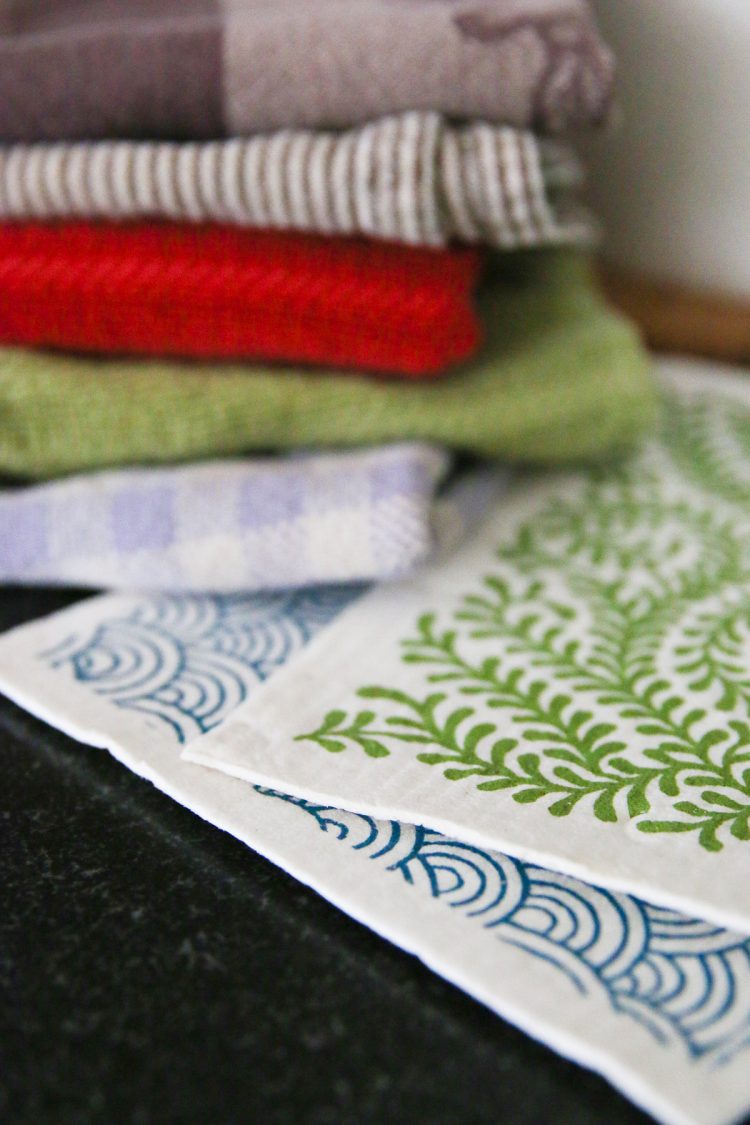
So, what is the best option?
Unfortunately, there’s no clear winner. Like most sustainability habits and lifestyle choices, there are pros, cons, and many nuances for both options. On the bright side, Swedish dishcloths and reusable cloth rags are great alternatives to single-use paper towels.
While upcycled rags are the most sustainable choice since they don’t require the use of new resources, Swedish dishcloths are a good bet if you’re cleaning up things that you won’t be able to clean easily from the towels and you want a disposable option.
Just reserve some Swedish dishcloths when they’re at the end of their usable lives and, before tossing them in the compost, save their final use for one of those less-than-desirable messes.
For now, I’ll stick with my method of using both depending on the circumstance!
Where to buy Swedish dishcloths?
While you can buy Swedish dishcloths (and regular dishcloths, for that matter) at most home goods and big box stores. There are also lots of online, zero waste shops that sell them as well.
As you might expect, supporting small businesses is great for the economy and the environment, so here are a few favorite retailers from whom you can buy Swedish dishcloths.
Tiny Yellow Bungalow | The owner, Jessie, curates a host of amazing zero waste living tools and supplies for your kitchen, bathroom, bedroom, and more. She’s got a bunch of Swedish dishcloths in her shop, so go check them out.
Three Blue Birds | This shop specializes in Swedish dishcloths. They have so many designs, you can scroll for what seems like forever to find a few designs that match the aesthetic of our home and your personality.
MightyNest | Focused on good-for-you and natural products for your home, MightyNest has lots of zero waste and eco-conscious products in their shop. They have a lot more than just Swedish dishcloths, so explore their store to see what you can find.
Target | Many big box stores, including Target, also carry Swedish dishcloths. If this works better for you, then do what is accessible for you.
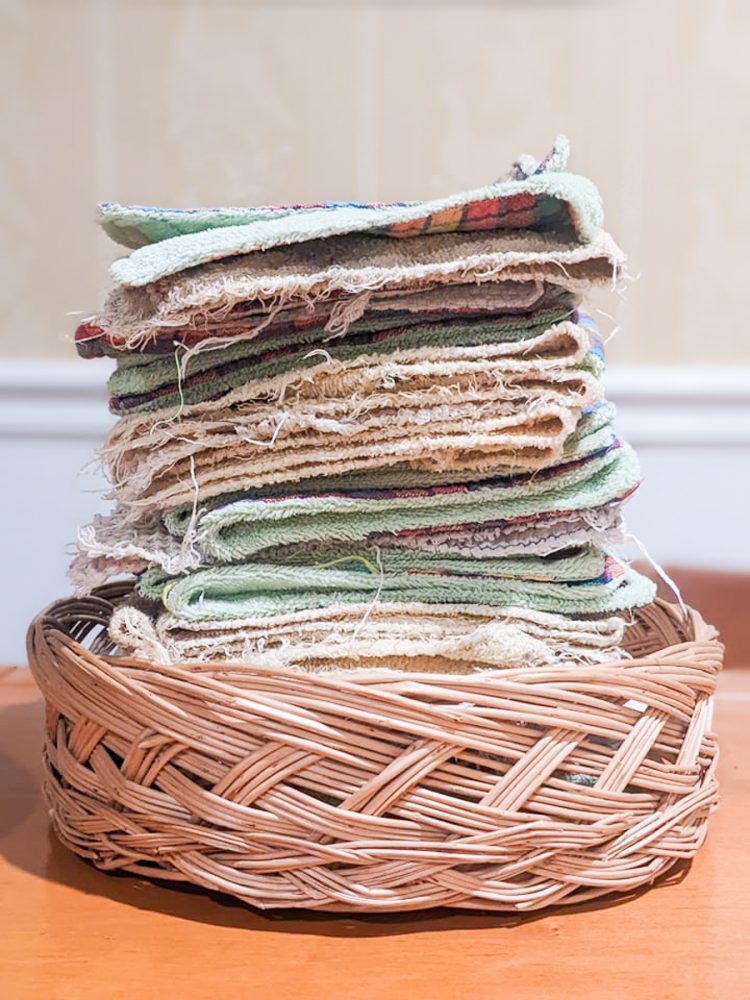
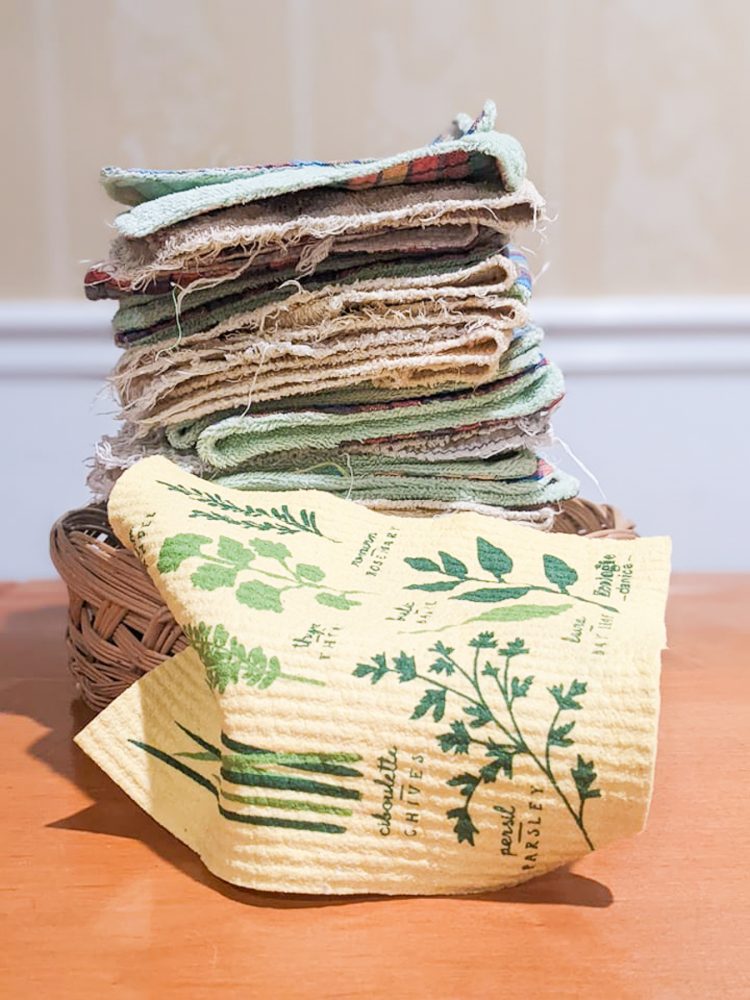
If You Like Reusable Paper Towels, You Might Also Like
Eco-Friendly Families Meet Each Other Where We Are
9 Tips For A More Eco-Friendly Laundry Room
Easy Swaps For A Cleaner And Greener Bathroom
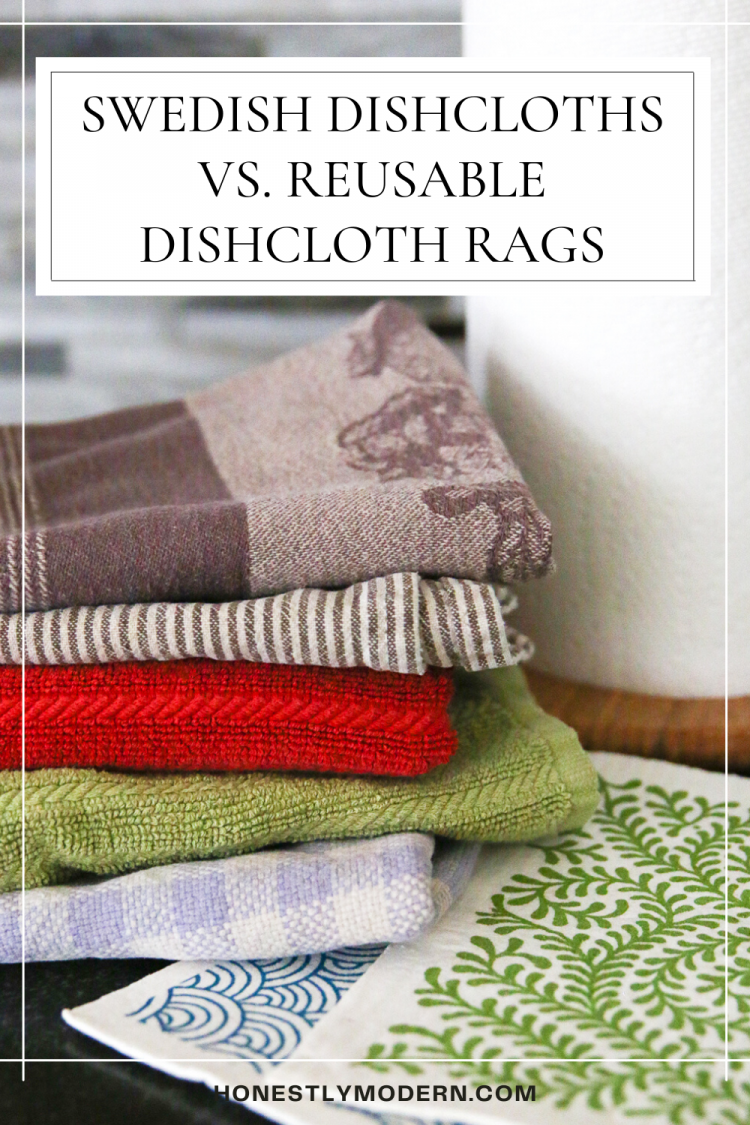
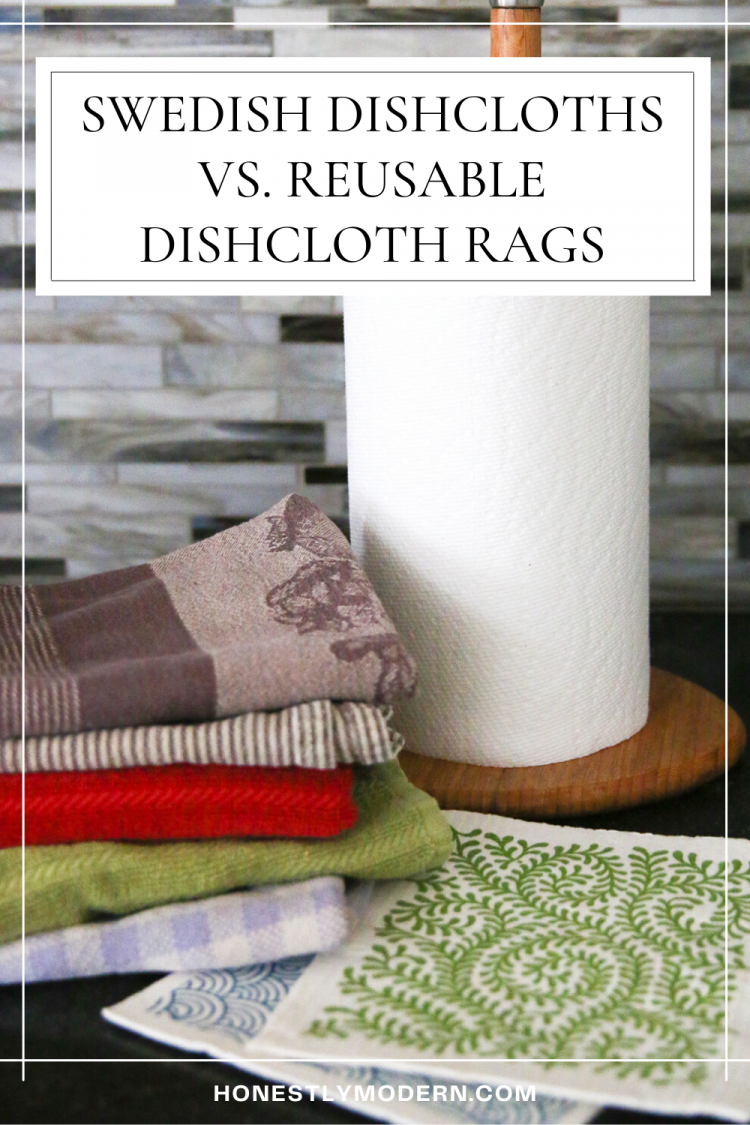
About The Author

Sara Mack
Sara Mack is a social media enthusiast with a passion for organic recycling and land conservation. Sara is a huge proponent of making sustainability accessible to all, and she’s the voice behind the marketing effort at Compost Crew.
Based in Washington, DC, she loves finding new hiking trails in her area, skateboarding (badly), upcycling new pieces for her wardrobe, and chasing the perfect oat milk matcha latte.
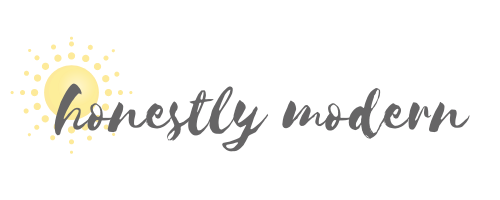

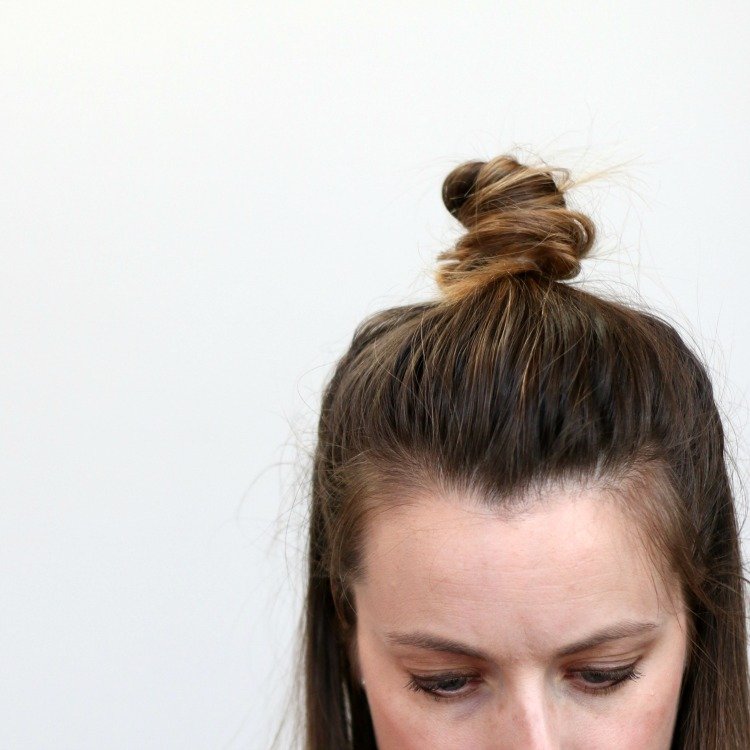
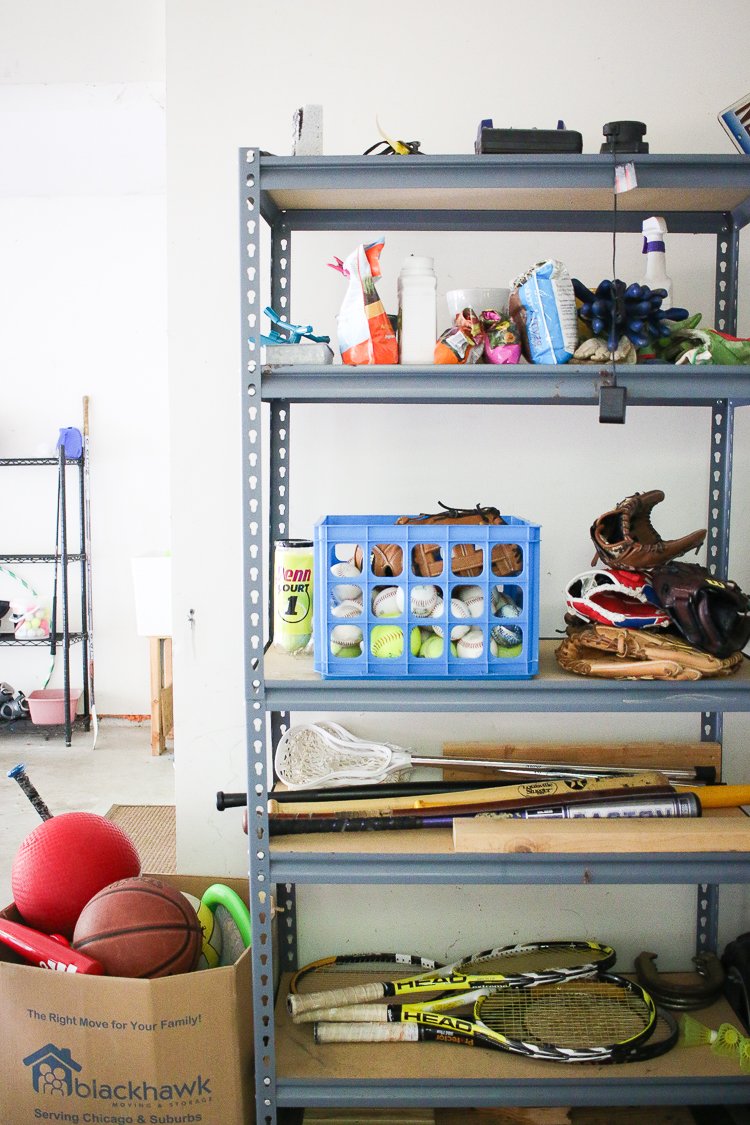
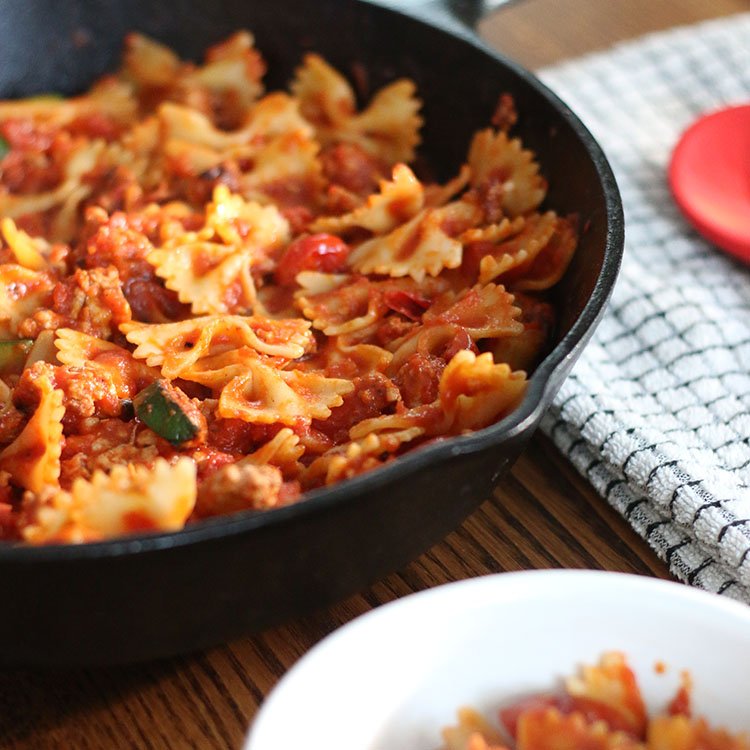
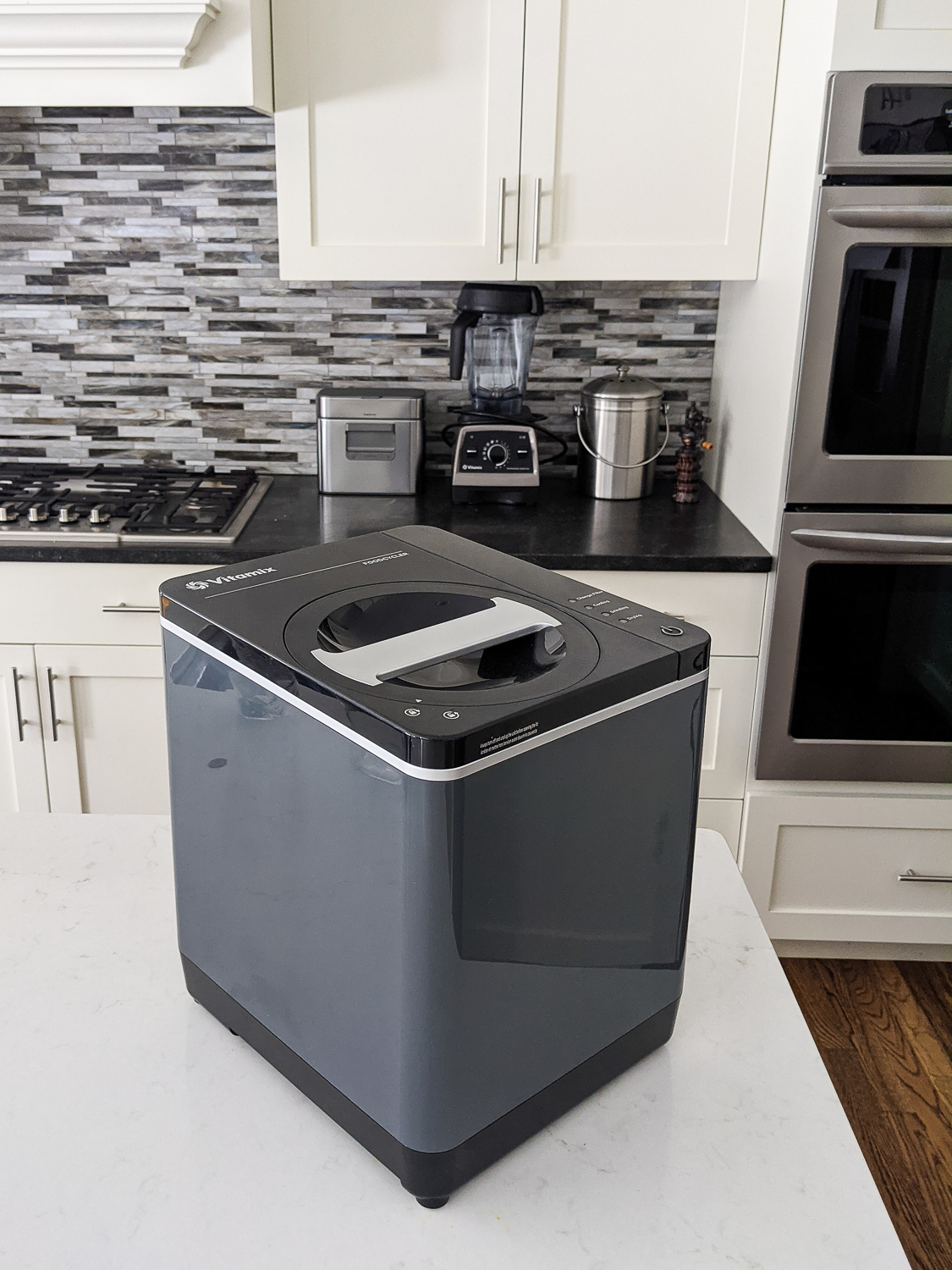
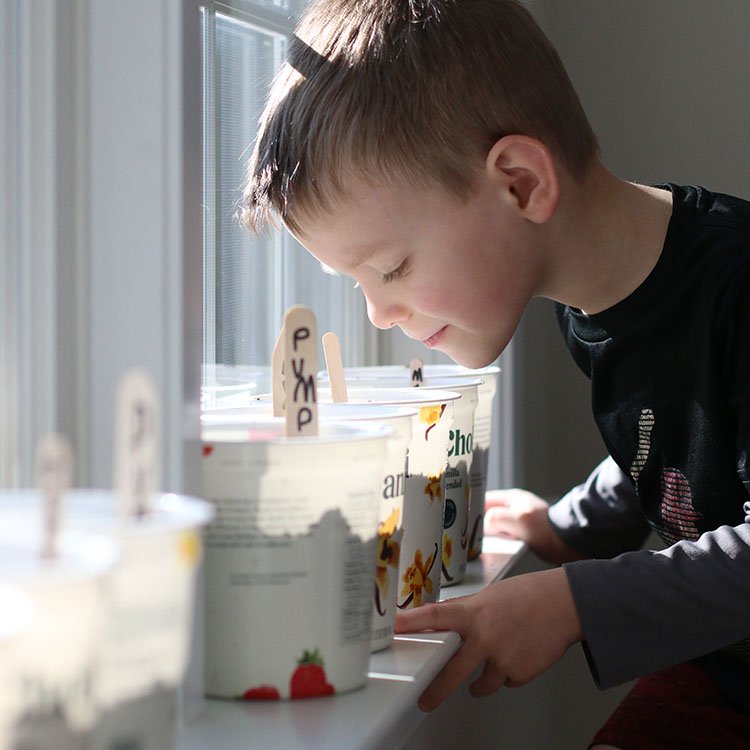

I really loved this blog, Sara. Very informative. I love your passion for these issues. Keep up the good work! You have made a mark on this paper towel-user!
I really like that you mentioned how Swedish dishcloths do not run the risk of getting molds if they are stored correctly. My wife and I are currently shopping for house supplies and we got a bit interested about Swedish dishcloths. They seem to be really convenient to use so we’ll try it out and see if it fits our needs.
Glad you found this helpful. Thanks for the note.